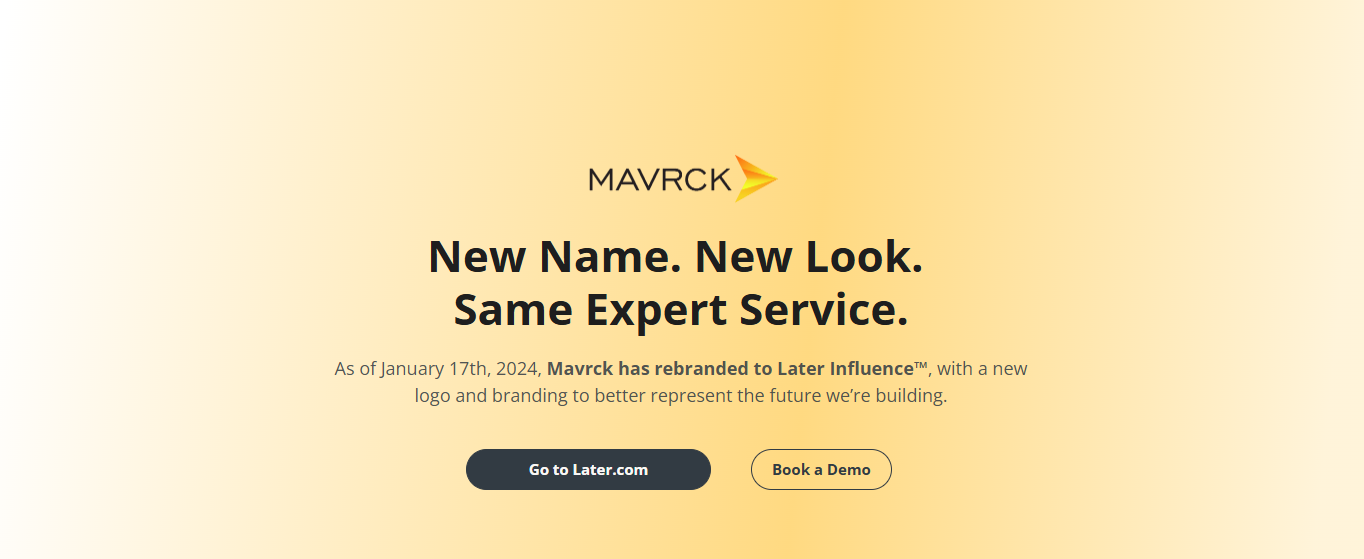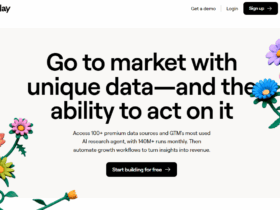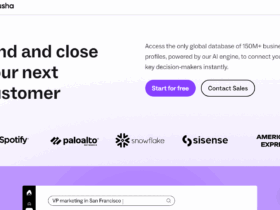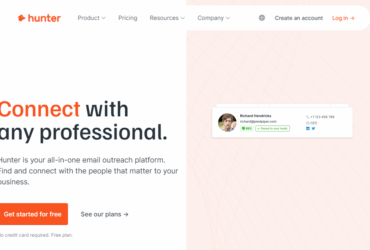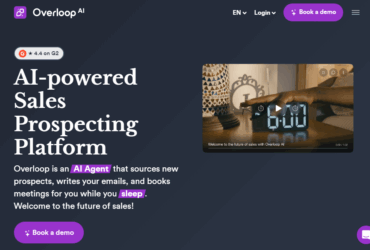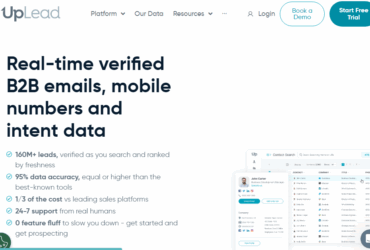Hey there, fellow marketers and brand enthusiasts! If you’re on the hunt for influencer marketing platforms that rival or surpass Mavrck (now rebranded as Later Influence™), you’ve come to the right place. I’ve dived deep into the influencer marketing world to bring you a comprehensive review of the top platforms in 2025. Let’s get into it!
1. GRIN
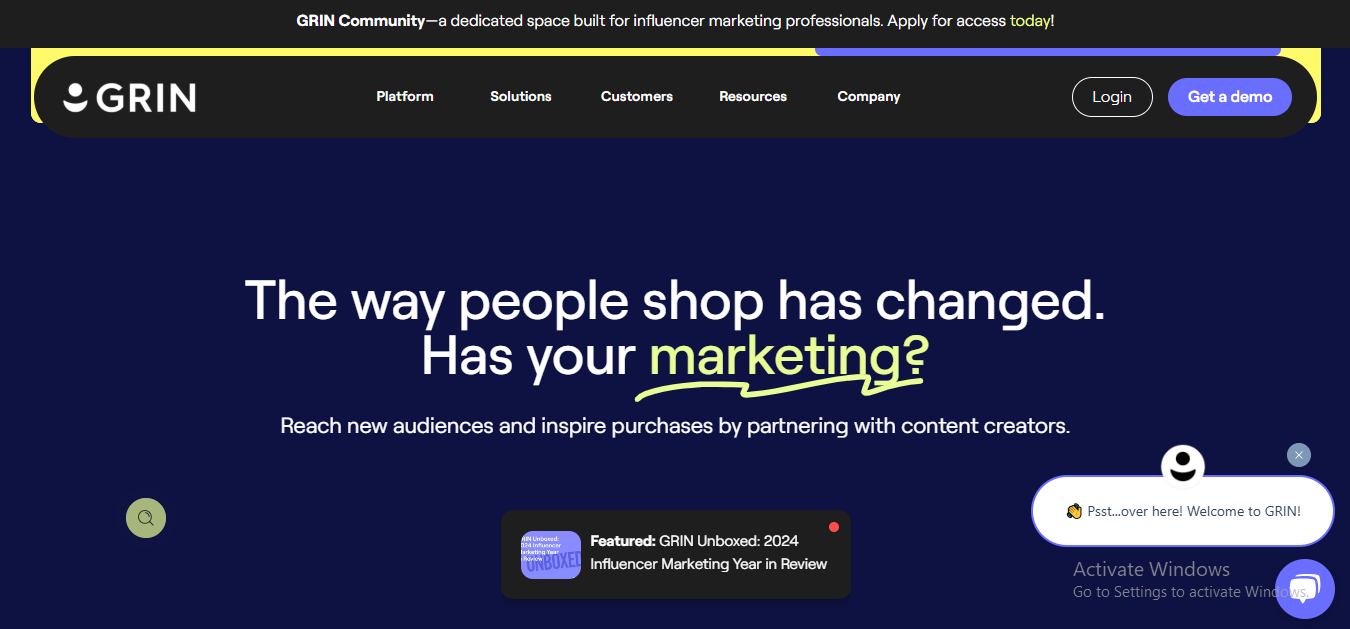
Pros:
-
Comprehensive creator discovery tools.
-
Robust relationship management features.
-
Seamless integrations with e-commerce platforms.
Cons:
-
Pricing can be steep for smaller brands.
Pricing: Custom pricing based on brand needs.
Overview: GRIN is a powerhouse for brands looking to scale their influencer programs. With tools for creator discovery, relationship management, and detailed analytics, it’s a one-stop-shop for influencer marketing. However, the pricing might be a bit much for startups or smaller brands.
2. The Influence Room
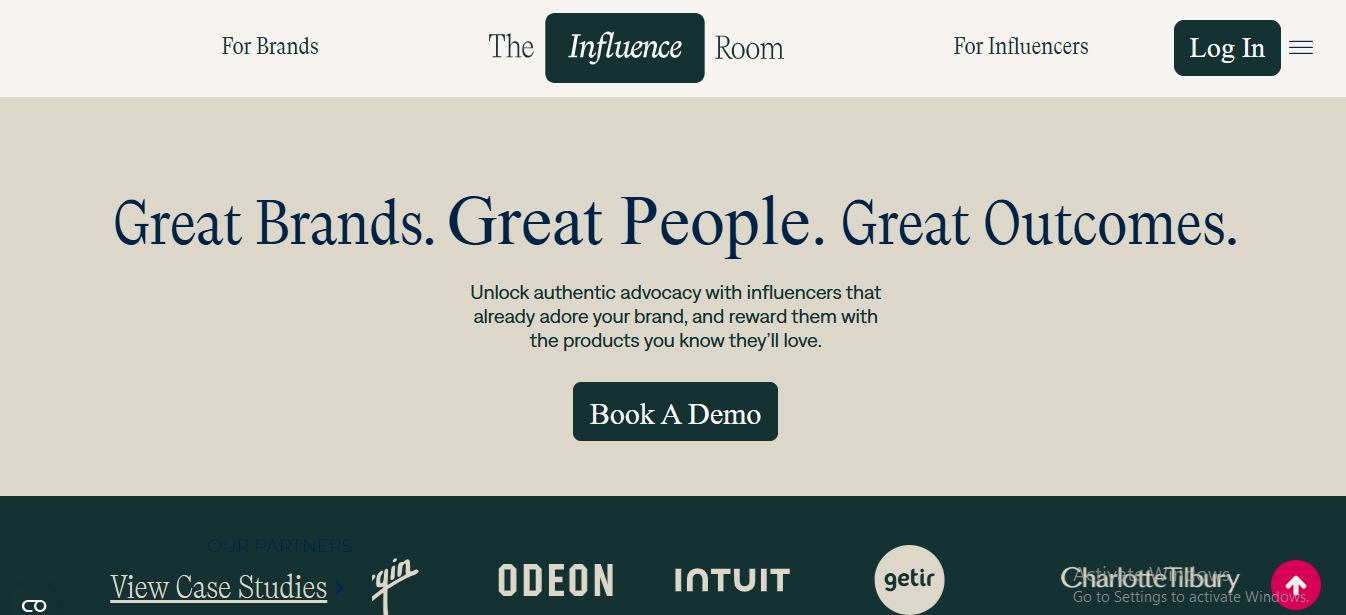
Pros:
-
Authentic influencer collaborations.
-
Influencers bid to work with brands, ensuring genuine interest.
-
User-friendly dashboard.
Cons:
-
Limited to product-based collaborations.
Pricing: Custom pricing based on campaign needs.
Overview: The Influence Room flips the script by allowing influencers to bid for brand collaborations, ensuring that they genuinely love the product. It’s a great platform for brands looking for authentic partnerships, though it’s more suited for product-based campaigns.
3. Influencity
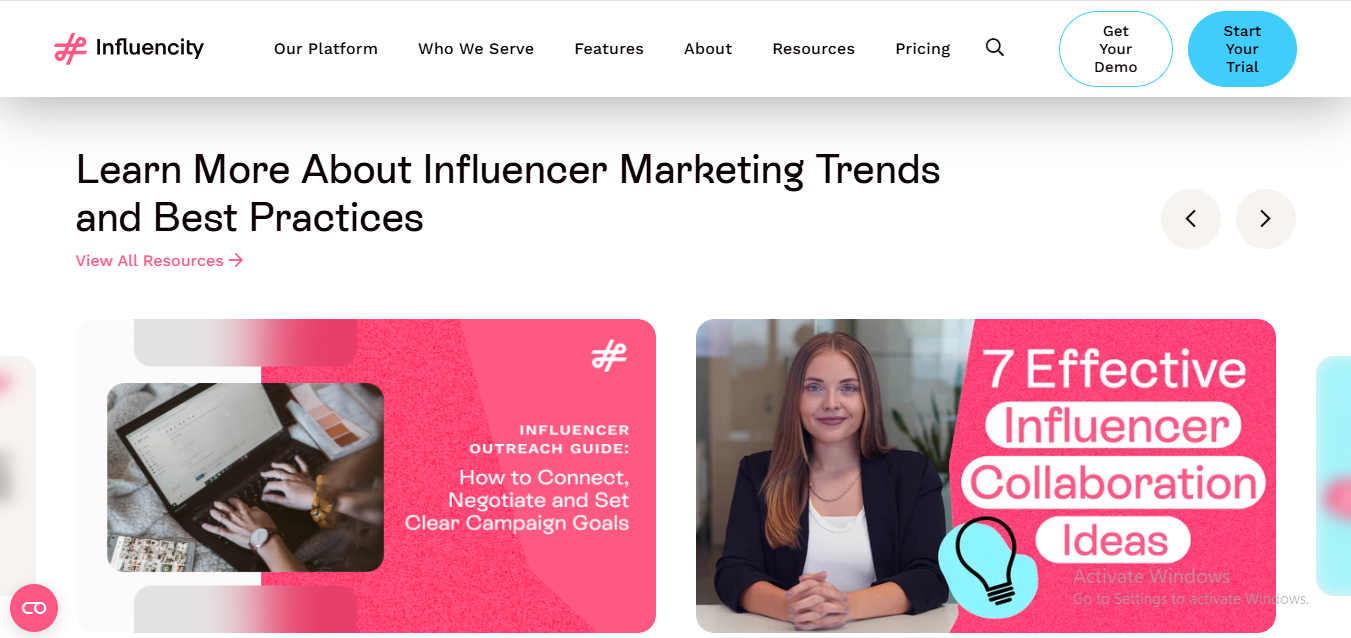
Pros:
-
Advanced AI-powered influencer discovery.
-
Comprehensive campaign management tools.
-
Detailed analytics and reporting.
Cons:
-
The interface can be overwhelming for new users.
Pricing: Flexible pricing plans to suit different needs.
Overview: Influencity offers a robust suite of tools for brands to discover, manage, and analyze influencer campaigns. Its AI-powered search makes finding the right influencer a breeze, though the platform’s depth might require a learning curve.
4. Hashtag Paid
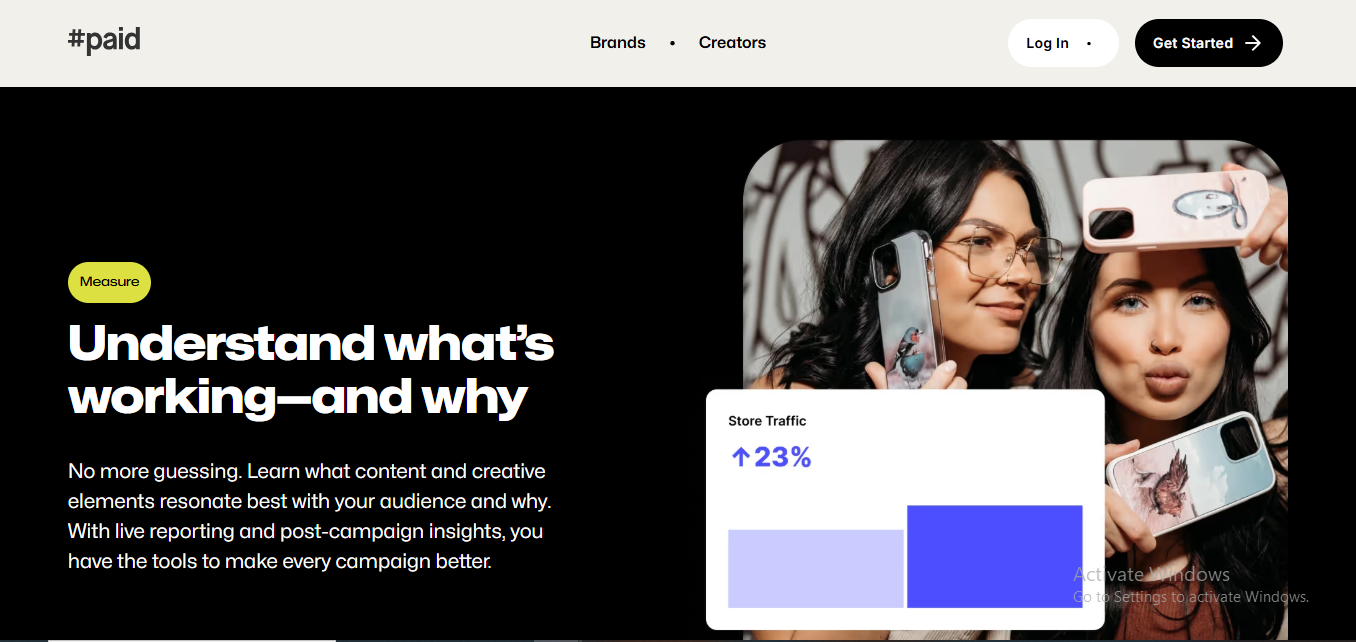
Pros:
-
Streamlined creator-brand matching.
-
Comprehensive campaign management.
-
Strong support for both brands and creators.
Cons:
-
Limited customization options for campaigns.
Pricing: Custom pricing based on campaign requirements.
Overview: #paid simplifies the influencer marketing process by effectively matching creators with brands. Its user-friendly interface and strong support make it a favorite among many, though it might lack some advanced customization features.
5. Lolly
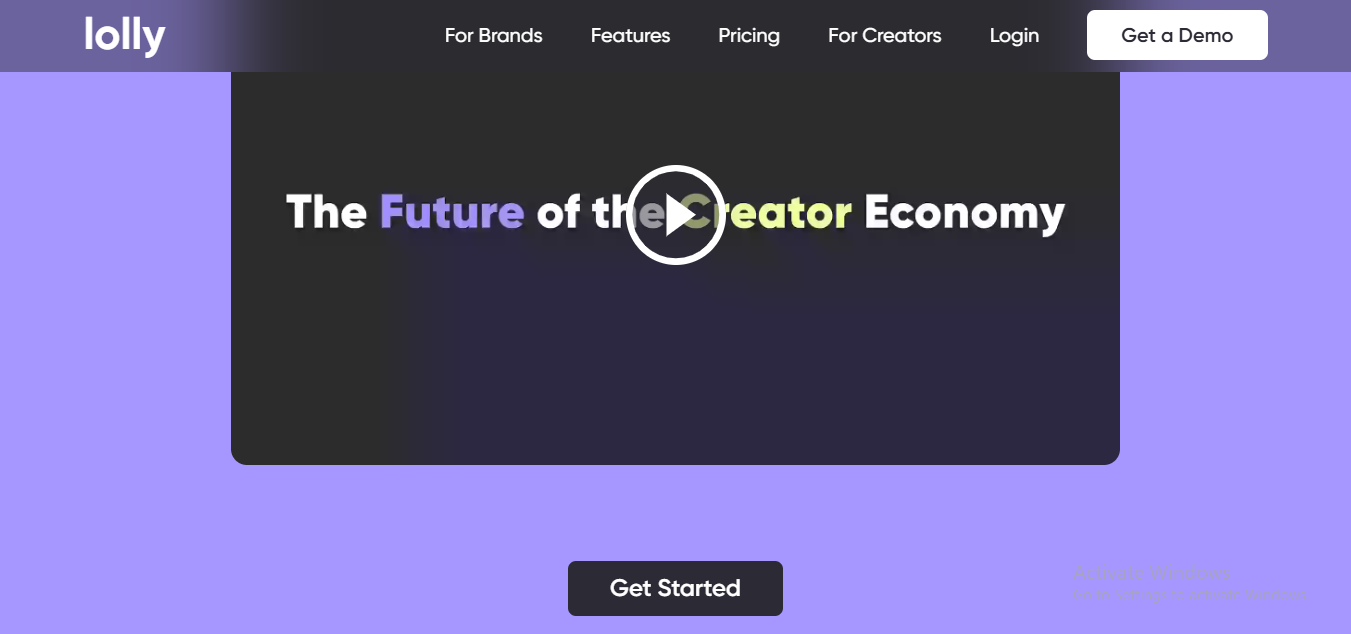
Pros:
-
Focus on driving sales through influencer collaborations.
-
Real-time analytics for campaign optimization.
-
Easy onboarding process.
Cons:
-
Smaller influencer database compared to competitors.
Pricing: Transparent pricing tiers available on their website.
Overview: Lolly is all about performance-driven influencer marketing. With a focus on sales and real-time analytics, it’s perfect for brands aiming for measurable results. However, its influencer pool might be limited compared to larger platforms.
6. Later Influence™ (formerly Mavrck)
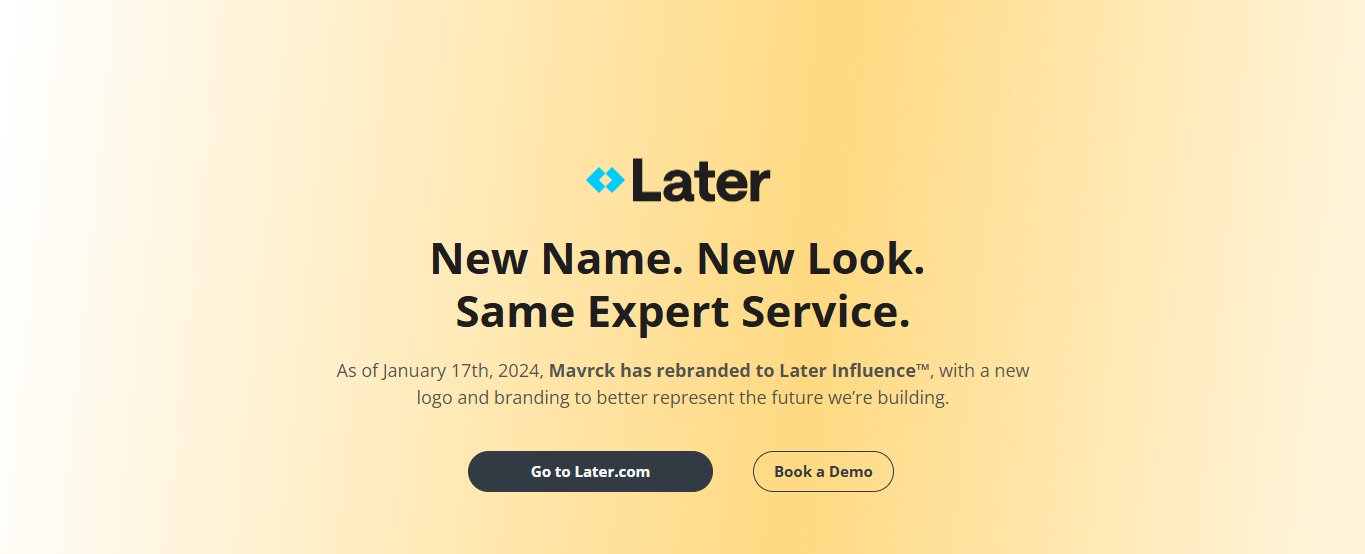
Pros:
-
Comprehensive influencer marketing tools.
-
Strong analytics and reporting features.
-
Trusted by major brands.
Cons:
-
Pricing can be high for smaller businesses.
Pricing: Custom pricing based on brand needs.
Overview: Later Influence™, the rebranded Mavrck, continues to offer a robust suite of influencer marketing tools. It’s a solid choice for brands looking for comprehensive solutions, though the cost might be a barrier for some.
7. The Cirqle
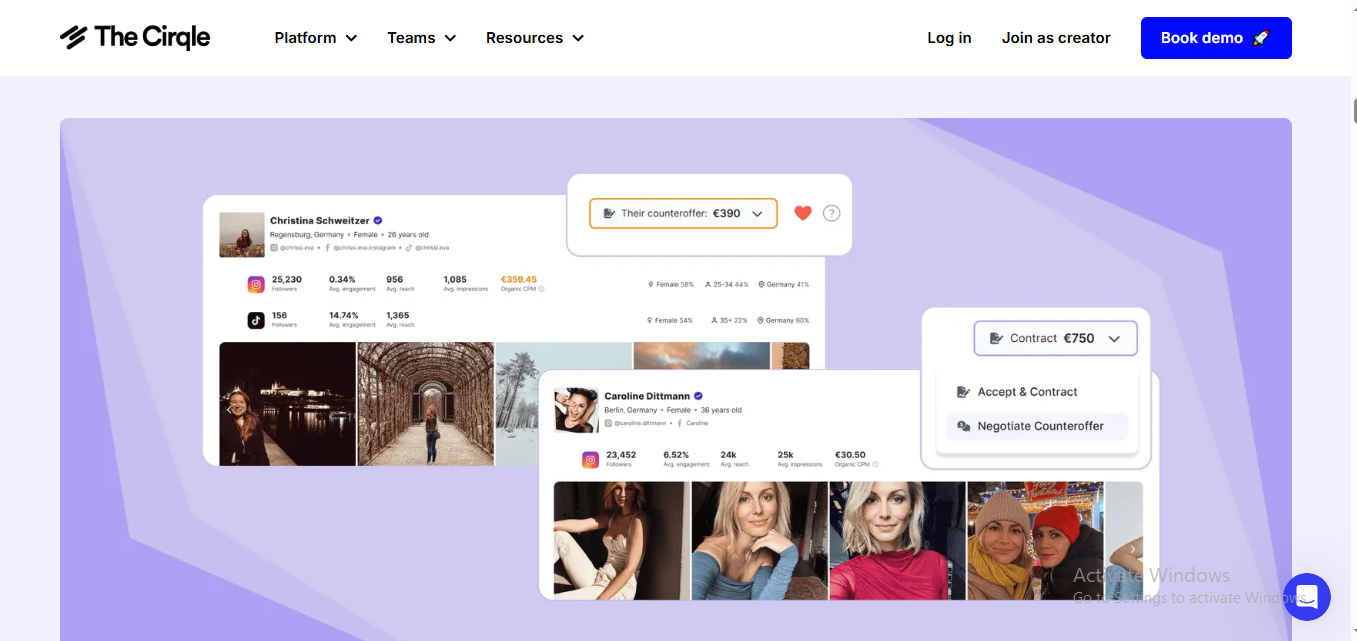
What I liked:
-
Super slick UI—feels like Apple’s cousin.
-
Strong on first-party data tracking. You actually know what’s working.
-
They emphasize ROI, not just vibes.
What I didn’t like:
-
Onboarding takes a hot minute. You’ll need some patience.
-
Not as plug-and-play as others for smaller brands.
How it works: The Cirqle helps brands run influencer campaigns that are data-driven. Like, they go hard on tracking and optimization.
Pricing: Custom (translation: if you gotta ask… it’s probably premium)
Verdict: Cirqle is that friend who reads finance books and has a 10-year plan. Great for enterprise, a bit extra for startups.
8. Popular Pays
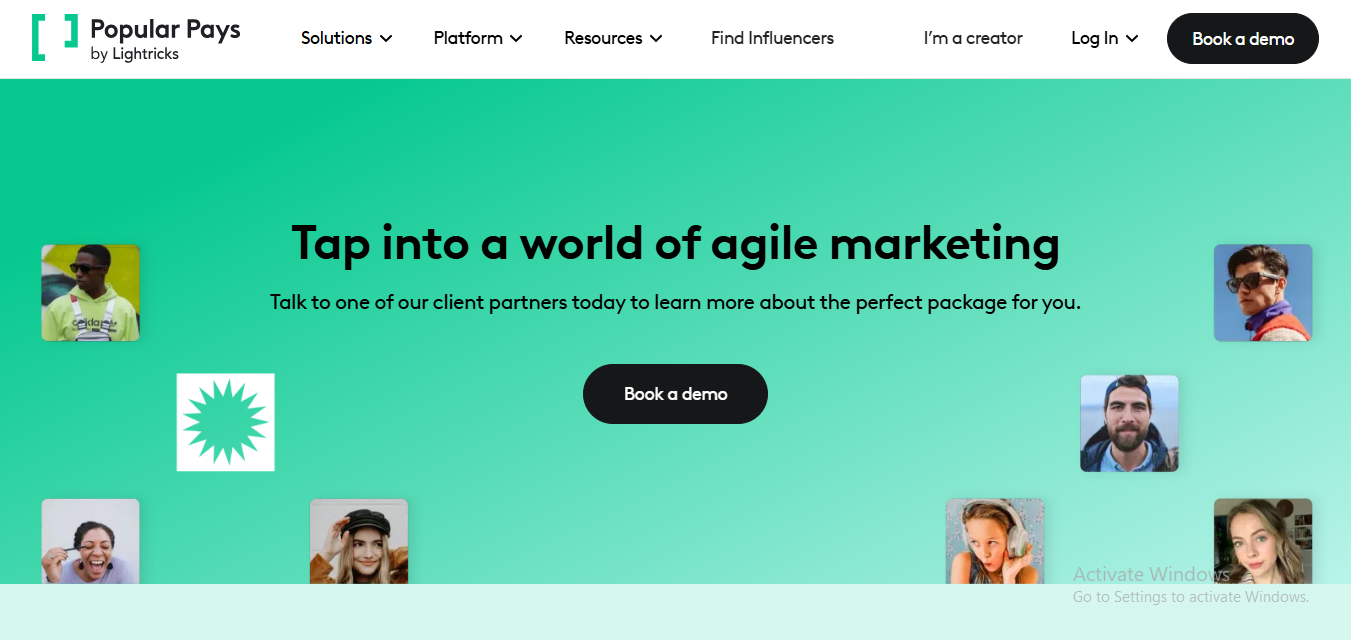
What I liked:
-
Ridiculously easy to use. Like, grandma could run a campaign.
-
You can source creators AND get content made—two birds, one stone.
-
Real-time creative feedback loop. Saves a ton of back and forth.
What I didn’t like:
-
Creator pool leans toward micro and mid-tier. Not celeb-heavy.
-
Analytics could go deeper.
How it works: Brands post a brief, creators pitch ideas, and boom—collabs begin. Simple matchmaking meets creative studio.
Pricing: Mid-range. Flexible plans depending on usage.
Verdict: It’s like Bumble for influencers but with a whole creative team baked in. Chill, quick, creative.
9. Collabstr
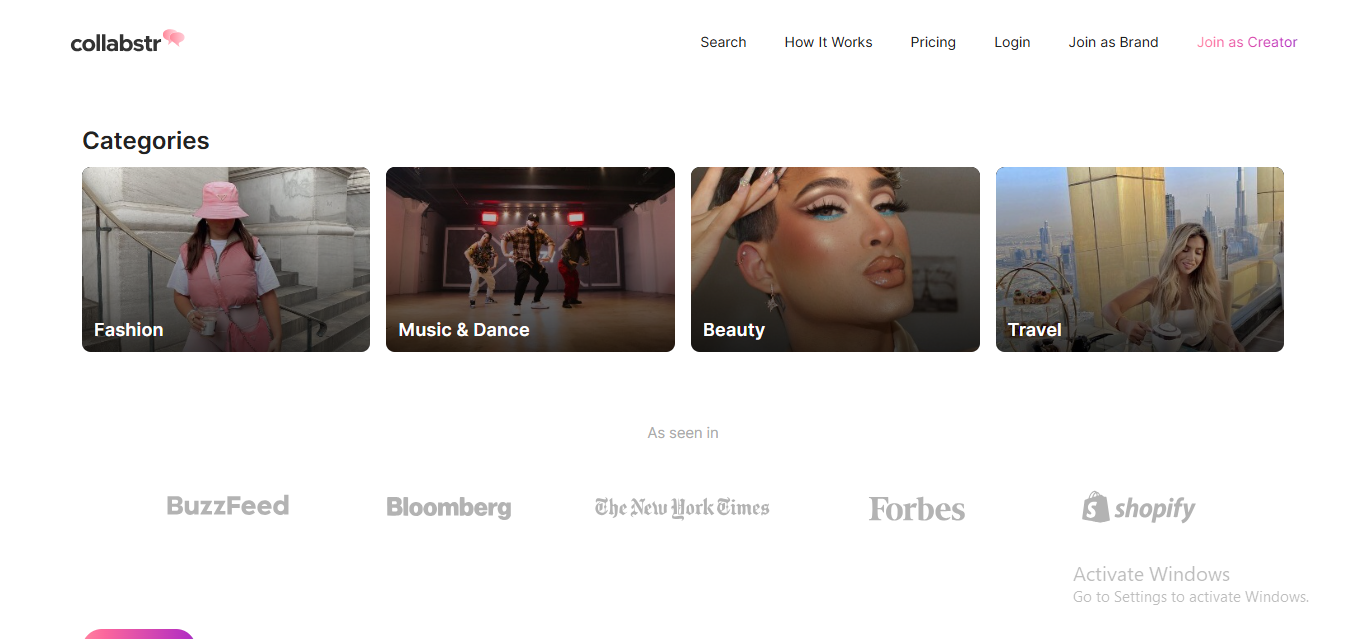
What I liked:
-
Transparent pricing. Like, actual $$$ shown upfront.
-
Pay-per-post model = control freaks rejoice!
-
Great for small biz or quick promos.
What I didn’t like:
-
No long-term relationship tools. Strictly transactional.
-
Feels more like Fiverr than a true platform.
How it works: You pick a creator from the marketplace, check their rates, book ‘em, and you’re off to the races.
Pricing: Pay-per-post. Some creators start as low as $50.
Verdict: Perfect for one-off gigs or startups. Just don’t expect bells, whistles, or dashboards that go brrr.
10. Kolsquare
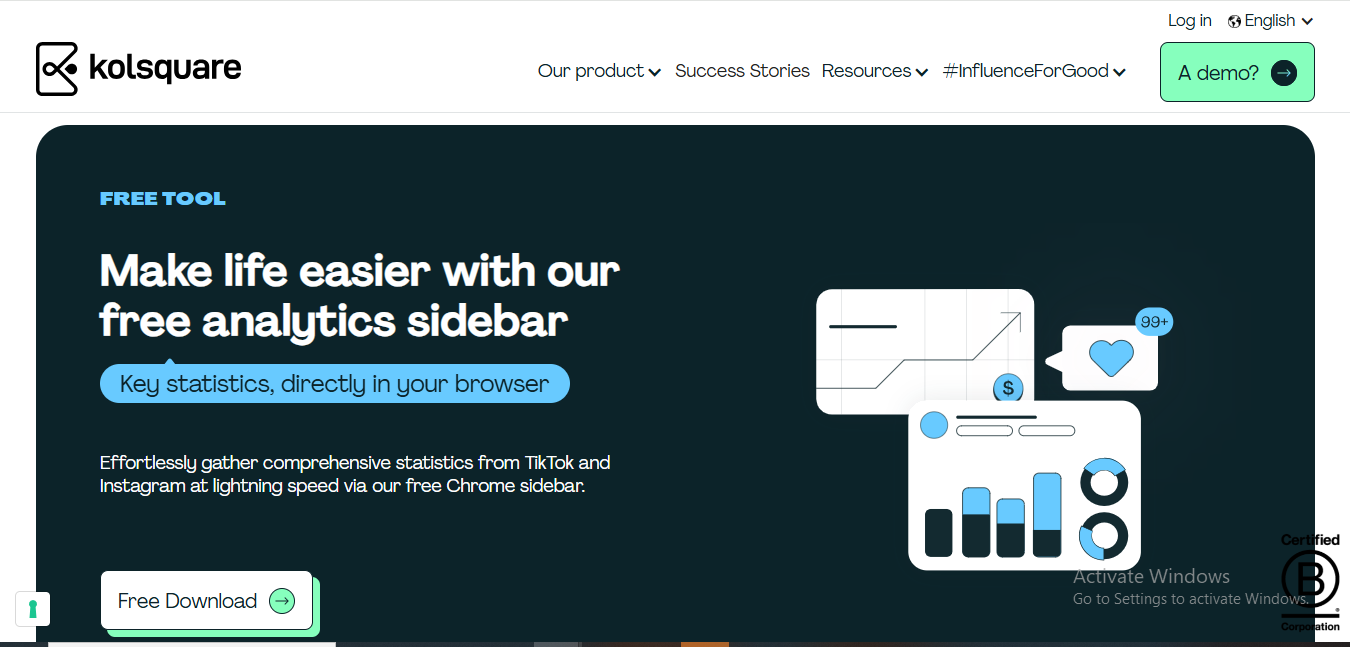
What I liked:
-
BIG influencer database (like, millions deep).
-
AI-driven recommendations that are freakishly accurate.
-
Great in the EU space—French brands, y’all listening?
What I didn’t like:
-
Platform can feel clunky in spots.
-
Language support isn’t perfect across the board.
How it works: Think of it as an influencer CRM with some brains. You get campaign management, analytics, and influencer search rolled into one.
Pricing: Mid to premium range. No pricing public, so expect a demo first.
Verdict: A power move if you’re scaling across Europe. Feels like Salesforce had a fashionable cousin.
11. Captiv8
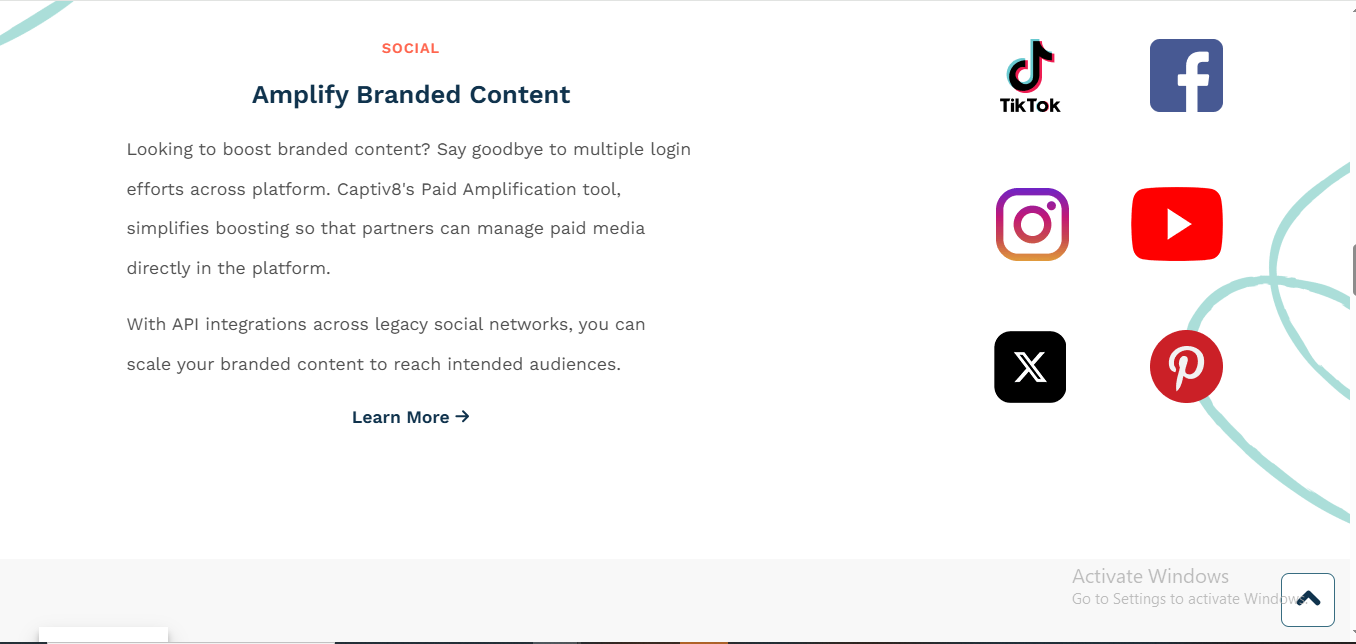
What I liked:
-
Gorgeous dashboards. Like, I wanted to print them.
-
Real-time campaign insights and deep audience analytics.
-
Big brands love it—and for good reason.
What I didn’t like:
-
Steep learning curve at first.
-
Not budget-friendly for baby brands.
How it works: Captiv8 is like command central for influencer marketing. You get data, automation, payments, discovery… the whole enchilada.
Pricing: Premium pricing. You’ll need some cheddar 🧀.
Verdict: It’s the Tesla of influencer platforms—luxurious, fast, but not cheap. If you’ve got the team and the funds, it’s a dream.
12. Aspire (formerly AspireIQ)
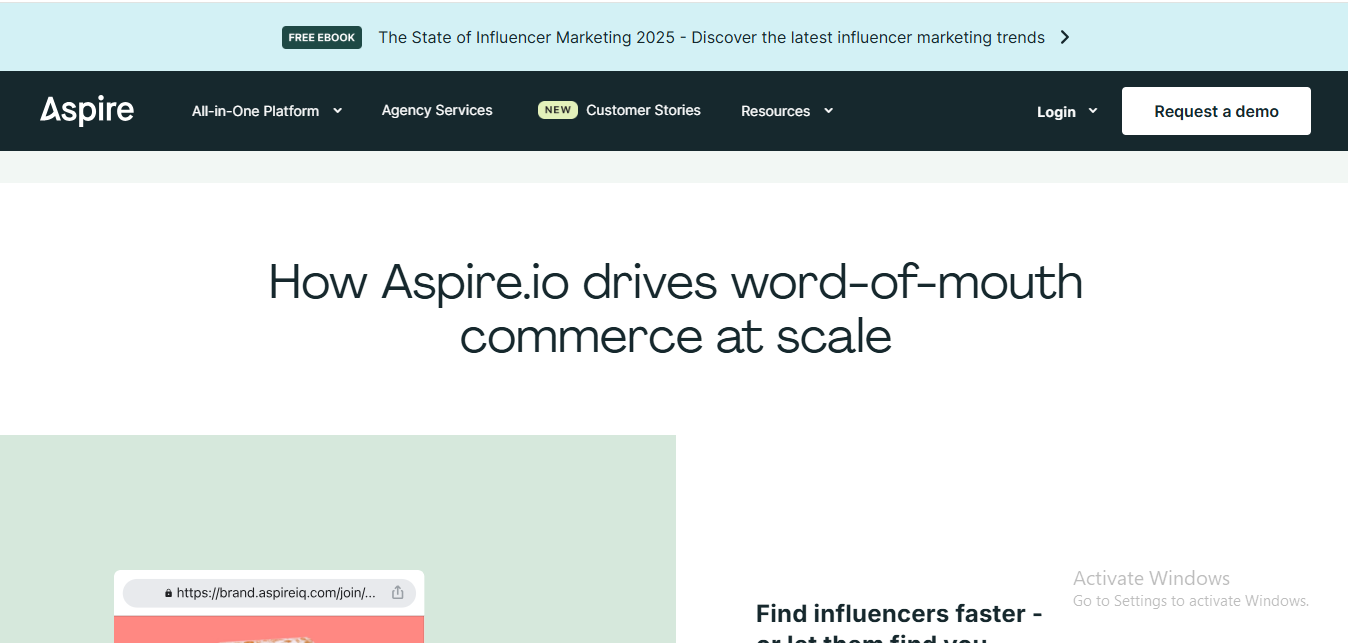
What I liked:
-
CRM-style campaign flow. Everything’s organized.
-
Creator discovery is top-tier.
-
Excellent onboarding and support.
What I didn’t like:
-
Takes time to set up your first campaign.
-
Reporting can be a bit… meh compared to competitors.
How it works: Aspire helps you manage your entire influencer workflow, from finding creators to paying them and tracking performance.
Pricing: Mid-to-high. Starts around $1k/month but varies.
Verdict: Reliable, scalable, and great for growing brands. Not the flashiest, but solid AF.
13. TRIBE
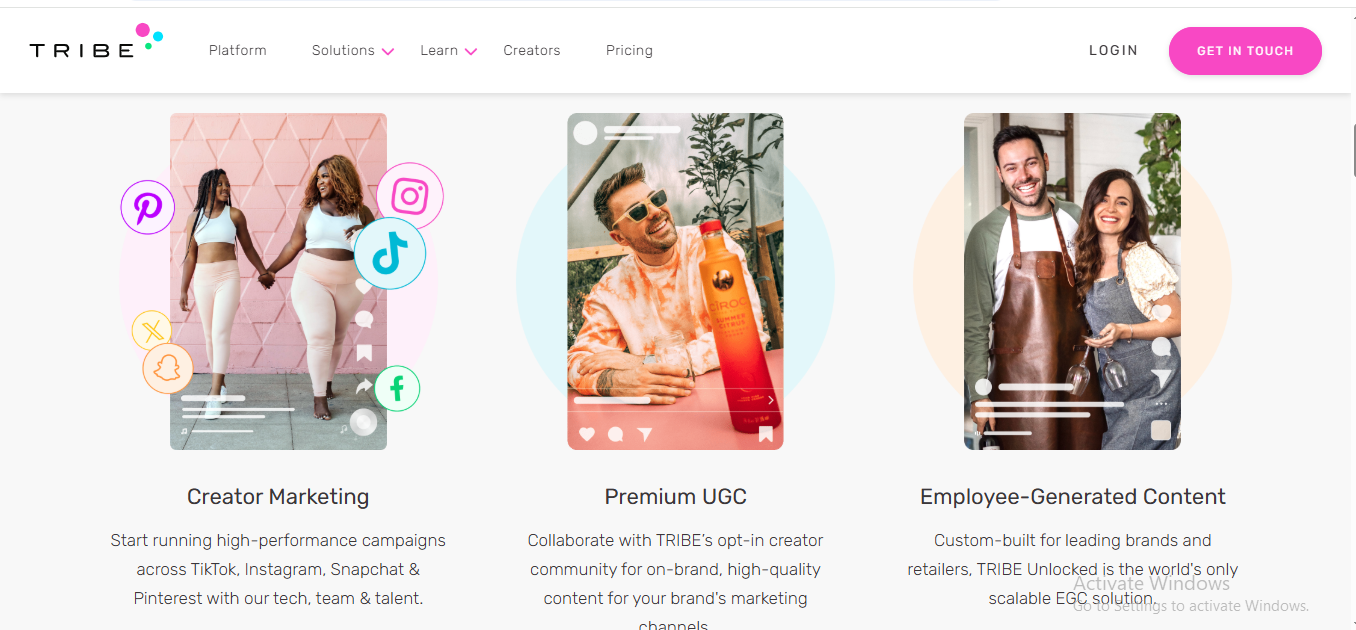
What I liked:
-
Dead simple campaign setup. Like, I didn’t even need to Google anything.
-
Great for UGC (user-generated content) and quick brand collabs.
-
You post a brief, creators pitch their content ideas—fast, fresh, and hella efficient.
What I didn’t like:
-
It’s very “one-and-done”—not ideal if you want long-term influencer relationships.
-
More Aussie-heavy in terms of creator base (they’re global now, but still).
How it works: You create a campaign brief, and boom—creators pitch content. You approve, pay, and get content fast.
Pricing: Pay-as-you-go model. Flexible, but can add up if you’re scaling.
Verdict: This one’s like the Tinder of influencer collabs—fun, fast, no-strings (unless you want ‘em).
14. Braze
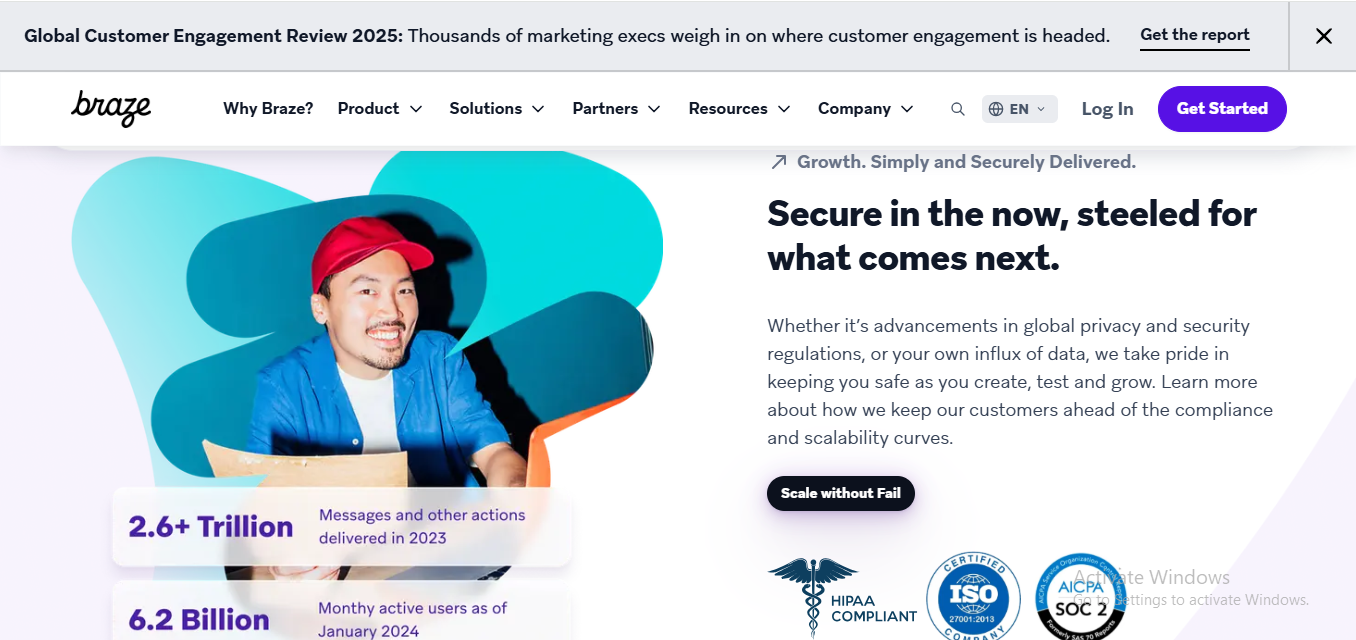
What I liked:
-
Not just for influencer marketing—Braze is like your entire customer engagement stack.
-
Sick integrations: think email, push, in-app—all in one.
-
The automation game is strong
What I didn’t like:
-
Not built solely for influencer marketing. It’s more “customer journey” focused.
-
Steep learning curve if you’re new to CX tools.
How it works: Braze connects the dots between customer behavior, messaging, and influencer campaigns (if you’re clever with how you use it).
Pricing: Enterprise-level. AKA, “schedule a demo and pray your boss signs off.”
Verdict: This is the Marvel Cinematic Universe of platforms—massive, powerful, but you better know what you’re doing.
15. IZEA
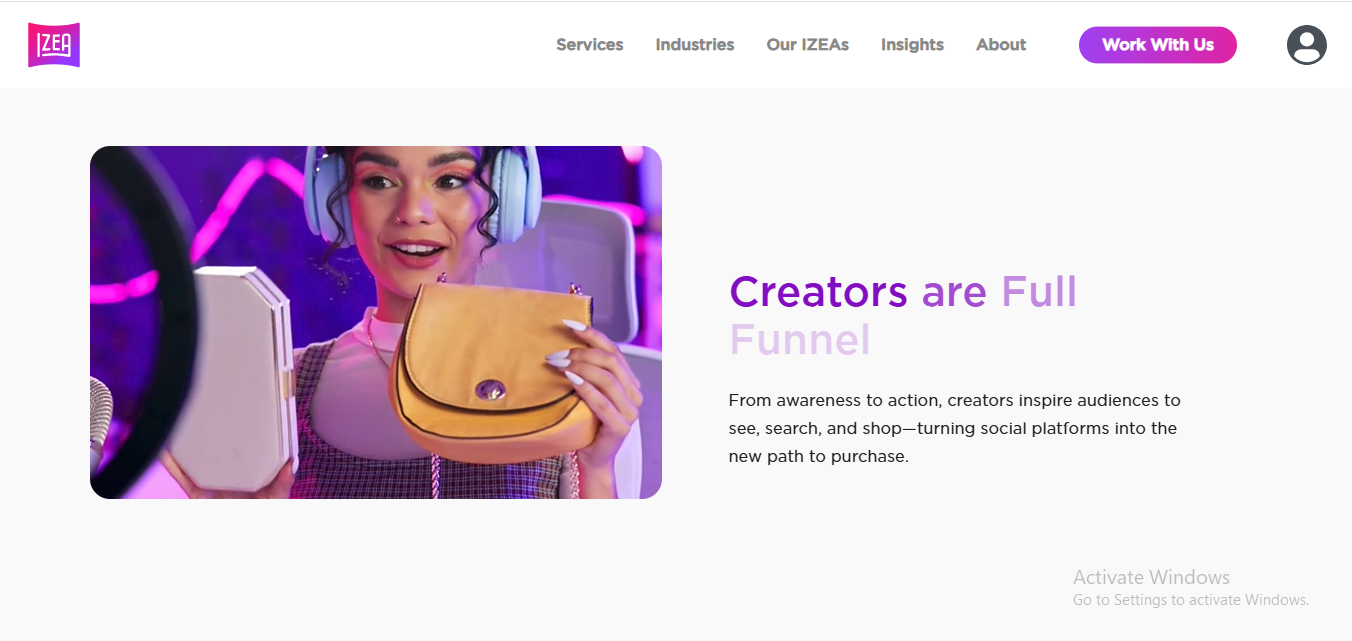
What I liked:
-
They were doing influencer marketing before it was cool. OG vibes.
-
Super polished dashboard and reporting features.
-
Marketplace + managed services = good for brands big and small.
What I didn’t like:
-
Can feel a little corporate—like a suit-and-tie in a TikTok world.
-
The marketplace has some clutter. You’ll need to dig for gold.
How it works: Pick your poison—DIY marketplace or let their team handle the whole shebang. Great flexibility.
Pricing: Varies by service level. Starts around a few hundred a month.
Verdict: If influencer marketing was high school, IZEA is the kid who got straight A’s and was president of every club. Respect.
16. Insense
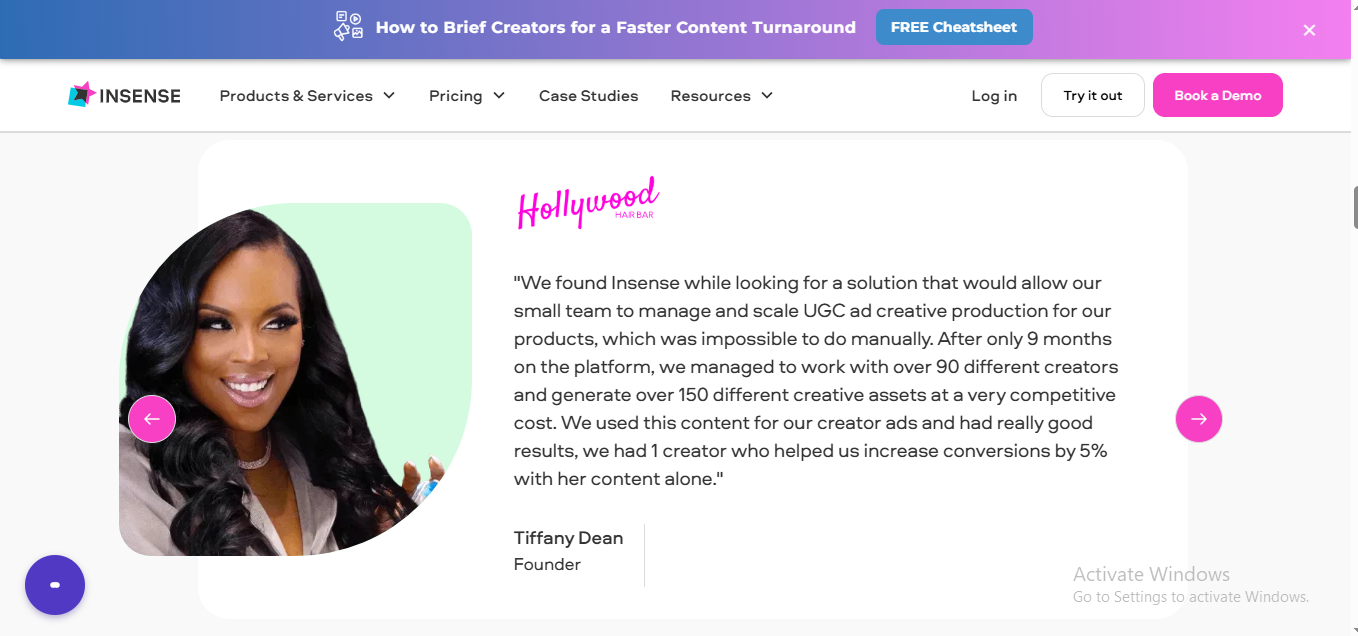
What I liked:
-
Crazy good for generating TikTok and Instagram UGC.
-
Syncs directly with Meta Ads—so you can run creator content straight into paid.
-
Sweet creator profiles with actual performance metrics.
What I didn’t like:
-
The UI isn’t as shiny as some others.
-
Smaller creator pool compared to giants like Grin or Aspire.
How it works: Brands post briefs, creators submit pitches, and you approve content. Easy collab flow + performance tracking.
Pricing: Starter plans available. Scales based on creator volume and features.
Verdict: Think of it as the indie film of the influencer world—doesn’t have Marvel’s budget, but the content? Fire 🔥
17. Influence.co
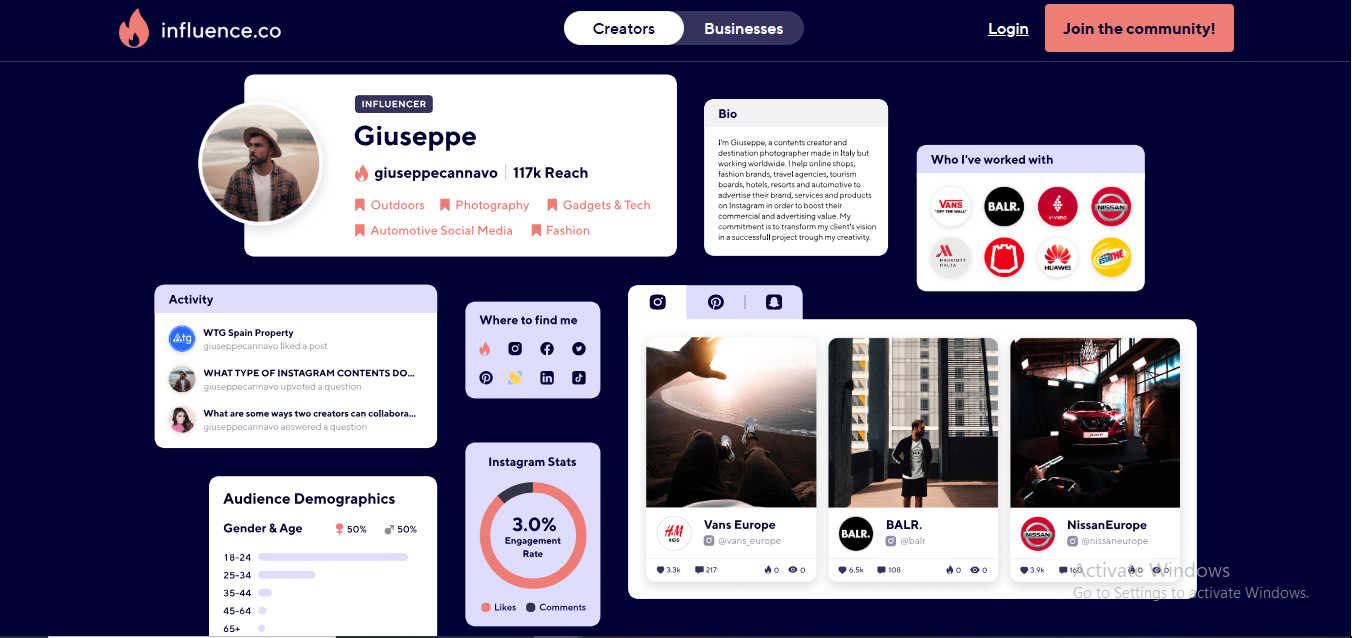
What I liked:
-
It’s a social network for influencers and brands—super unique vibe.
-
Community-driven platform. You can engage directly with creators (like sliding into DMs, but professional).
-
Transparency on pricing and past work.
What I didn’t like:
-
Lacks deeper analytics and campaign automation tools.
-
Not ideal if you want to manage multiple complex campaigns at once.
How it works: You build a profile, connect with creators, and negotiate directly. Less middleman, more human.
Pricing: Free to start. Pro versions unlock more features (still affordable).
Verdict: It’s giving “LinkedIn meets Instagram.” Great networking, but not your full-on campaign HQ.
18. Influencer.com
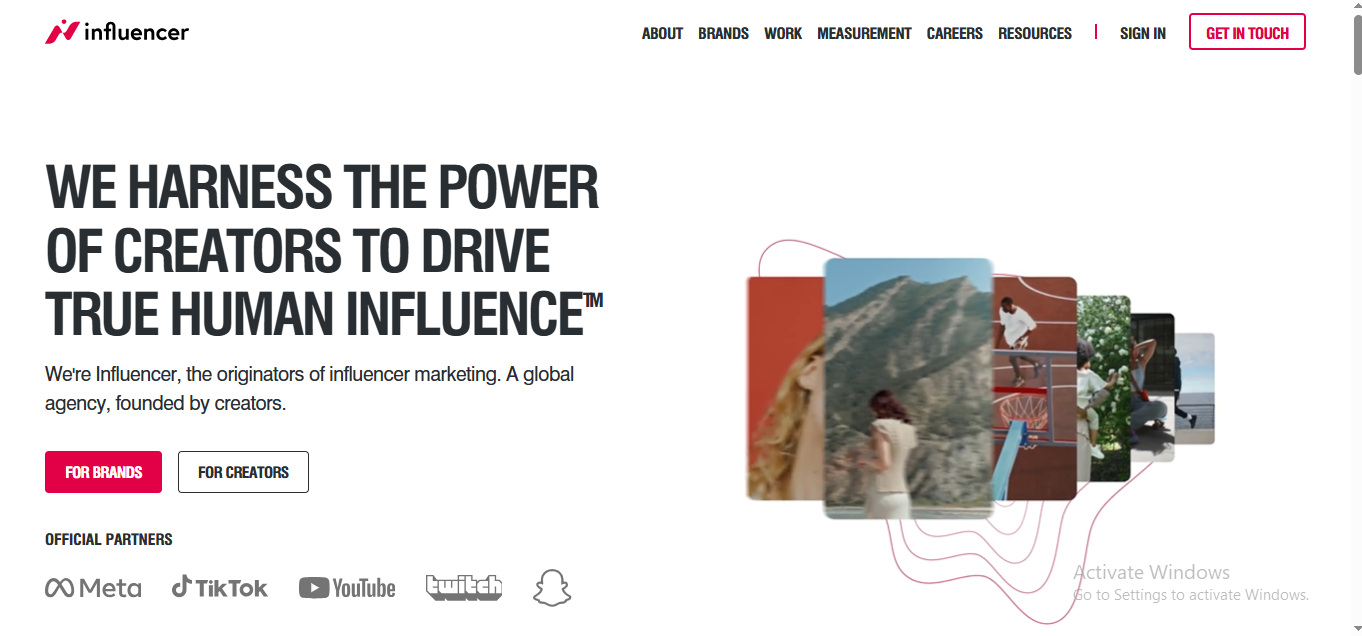
What I liked:
-
Built for premium collabs—quality creators, not quantity.
-
End-to-end campaign tools, from strategy to execution.
-
Super polished UI + client support that actually helps.
What I didn’t like:
-
Definitely not the cheapest option.
-
Requires a bit of a learning curve to master all the features.
How it works: You can either manage campaigns yourself or let their in-house team take over. Major brands use this one for a reason.
Pricing: Premium pricing. Think £££.
Verdict: Influencer.com is like the Soho House of influencer marketing—exclusive, high-touch, and bougie (in a good way).
19. Later
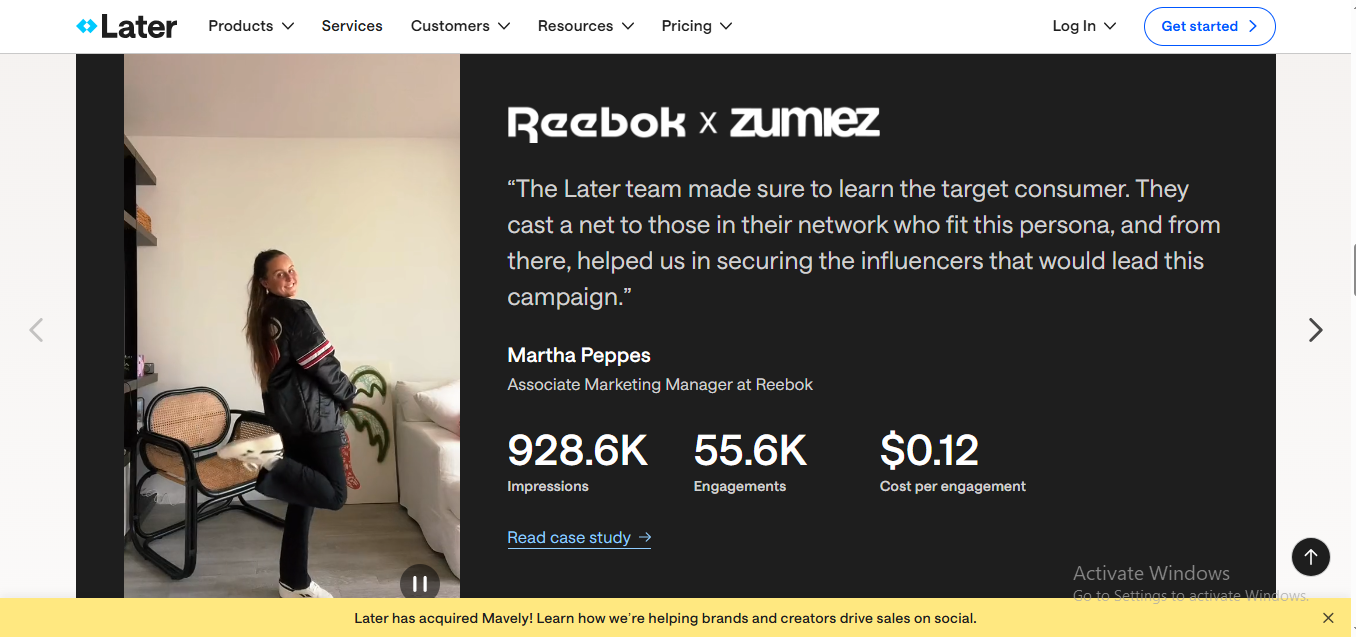
What I liked:
-
Seamless integration with social media platforms.
-
User-friendly interface that’s easy to navigate.
-
Comprehensive analytics to track campaign performance.
What I didn’t like:
-
Limited influencer discovery features compared to other platforms.
-
Pricing can be a bit steep for smaller businesses.
How it works: Later is primarily known for its social media scheduling tools, but it also offers influencer marketing features. You can discover influencers, manage campaigns, and analyze performance all in one place.
Pricing: Starts at $15/month for basic plans, with influencer marketing features available in higher-tier plans.
Verdict: Great for brands already using Later for social media management who want to dip their toes into influencer marketing.
20. Shout Agency
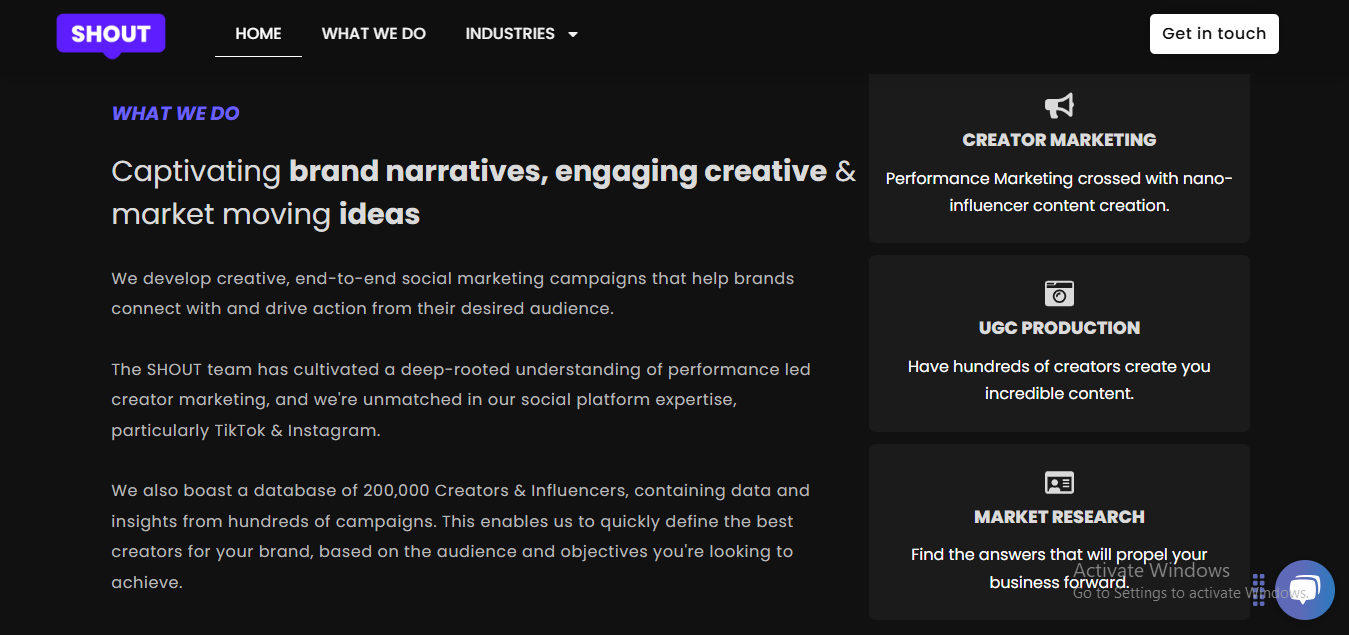
What I liked:
-
Personalized influencer marketing strategies tailored to your brand.
-
Strong focus on ROI and measurable results.
-
Experienced team that understands the nuances of different industries.
What I didn’t like:
-
Being an agency, it might not be the best fit for brands looking for a DIY platform.
-
Pricing is customized, which can be a barrier for smaller businesses.
How it works: Shout Agency offers full-service influencer marketing solutions, from strategy development to campaign execution and analysis.
Pricing: Custom pricing based on your brand’s needs and campaign scope.
Verdict: Ideal for brands looking for a hands-off approach and expert guidance in influencer marketing.
21. Klear
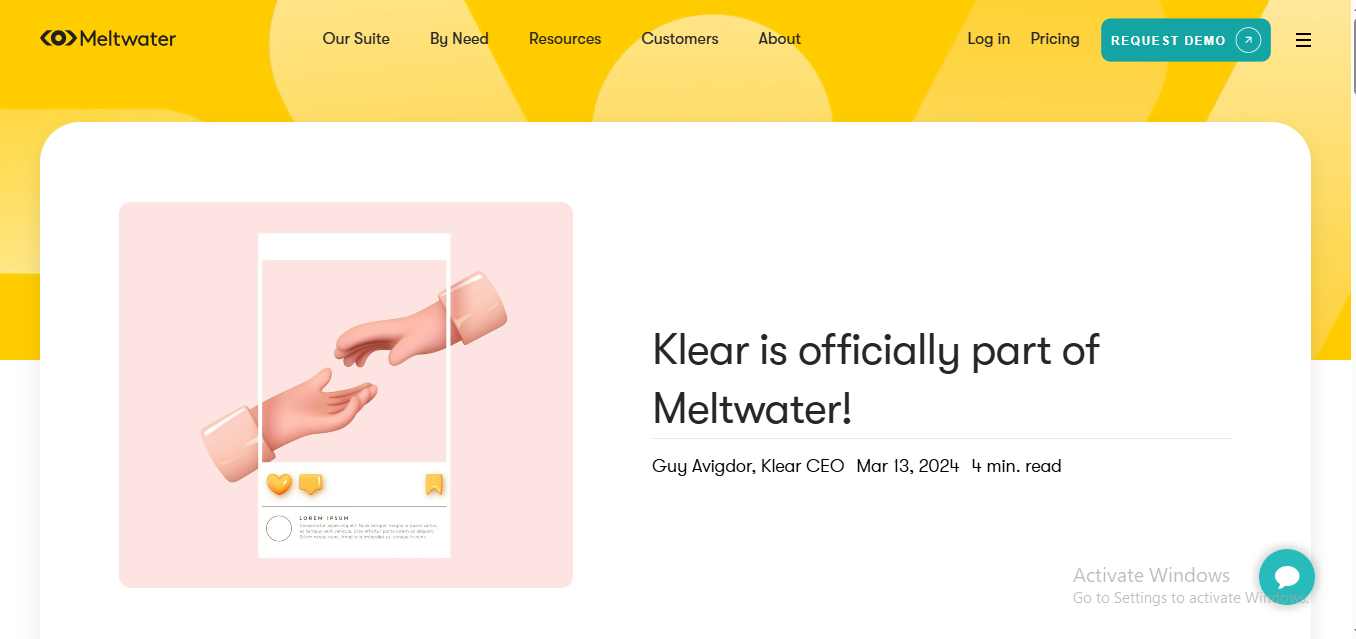
What I liked:
-
Robust influencer discovery tool with advanced filters.
-
In-depth analytics and reporting features.
-
CRM capabilities to manage influencer relationships.
What I didn’t like:
-
The interface can be a bit overwhelming for first-time users.
-
Higher price point compared to some competitors.
How it works: Klear is a comprehensive influencer marketing platform that allows brands to discover influencers, manage campaigns, and measure performance.
Pricing: Custom pricing based on your brand’s requirements.
Verdict: Best suited for medium to large businesses looking for a data-driven approach to influencer marketing.
22. Brandbassador
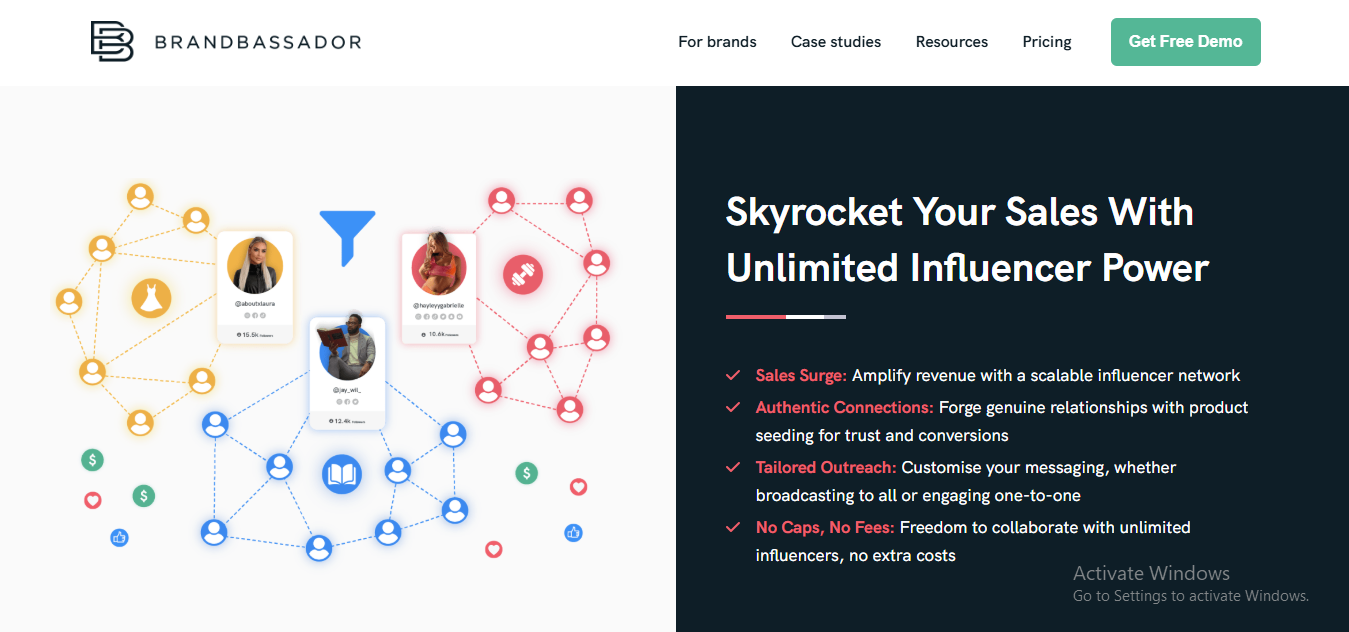
What I liked:
-
Focus on building long-term relationships with brand ambassadors.
-
Gamified tasks to keep ambassadors engaged.
-
Integration with e-commerce platforms for seamless tracking.
What I didn’t like:
-
Might not be ideal for one-off influencer campaigns.
-
The learning curve can be steep for new users.
How it works: Brandbassador helps brands create and manage ambassador programs, turning loyal customers into brand advocates.
Pricing: Custom pricing based on the size and needs of your ambassador program.
Verdict: Perfect for brands aiming to build a community of loyal ambassadors rather than just running individual campaigns.
23. Shout UGC
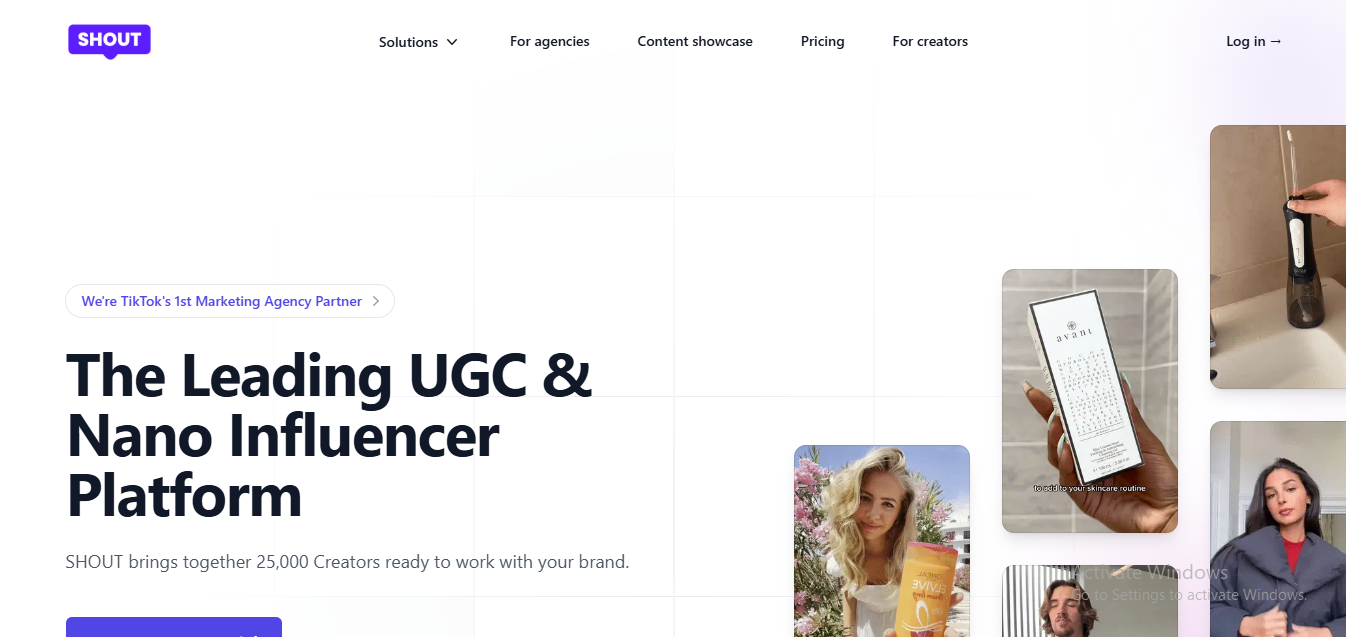
What I liked:
-
Access to a vast network of UGC creators.
-
Affordable pricing for content creation.
-
Quick turnaround times for content delivery.
What I didn’t like:
-
Limited campaign management features.
-
Less control over content quality compared to traditional influencer collaborations.
How it works: Shout UGC connects brands with creators who produce user-generated content for marketing purposes.
Pricing: Pay-as-you-go model, with content starting at $45 per piece.
Verdict: Great for brands looking to source authentic content without breaking the bank.
24. CreatorIQ
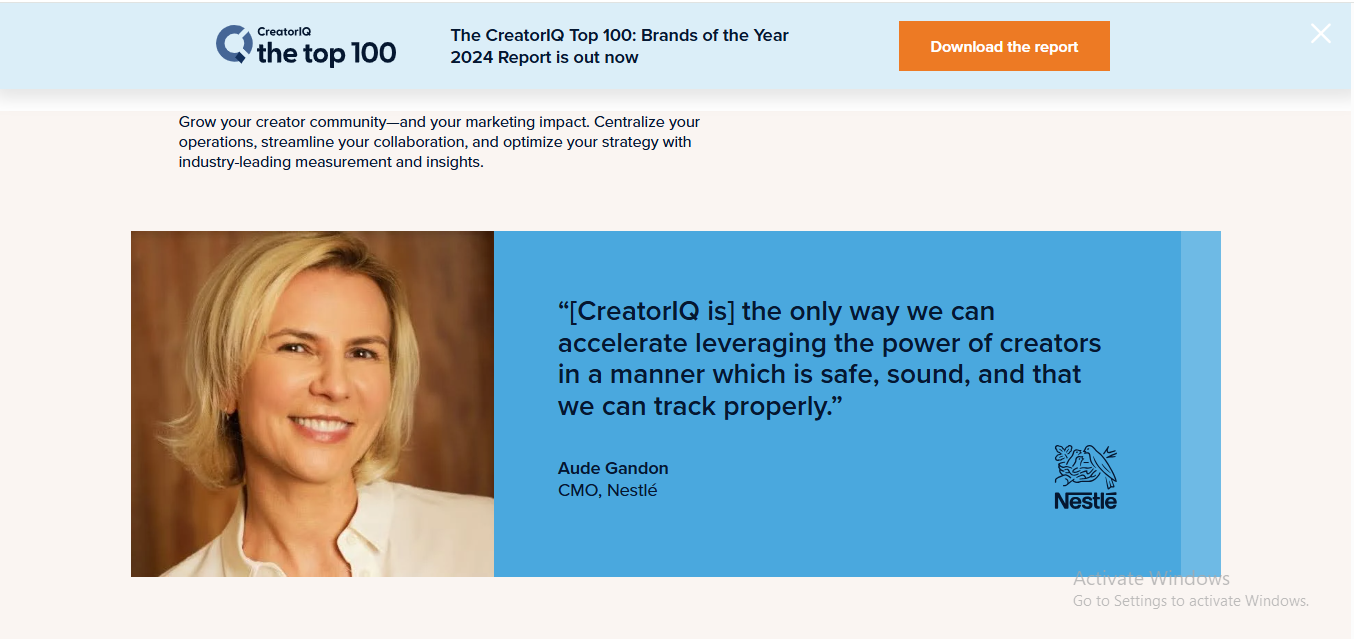
What I liked:
-
Enterprise-level features and integrations.
-
Advanced analytics and reporting tools.
-
Strong focus on brand safety and compliance.
What I didn’t like:
-
High price point, making it less accessible for small businesses.
-
The platform can be complex, requiring training to use effectively.
How it works: CreatorIQ is a leading influencer marketing platform designed for large brands and agencies, offering tools for discovery, campaign management, and analytics.
Pricing: Custom pricing tailored to enterprise needs.
Verdict: Ideal for large organizations with the resources to leverage its full suite of features.
25. InfluencerMarketing.ai
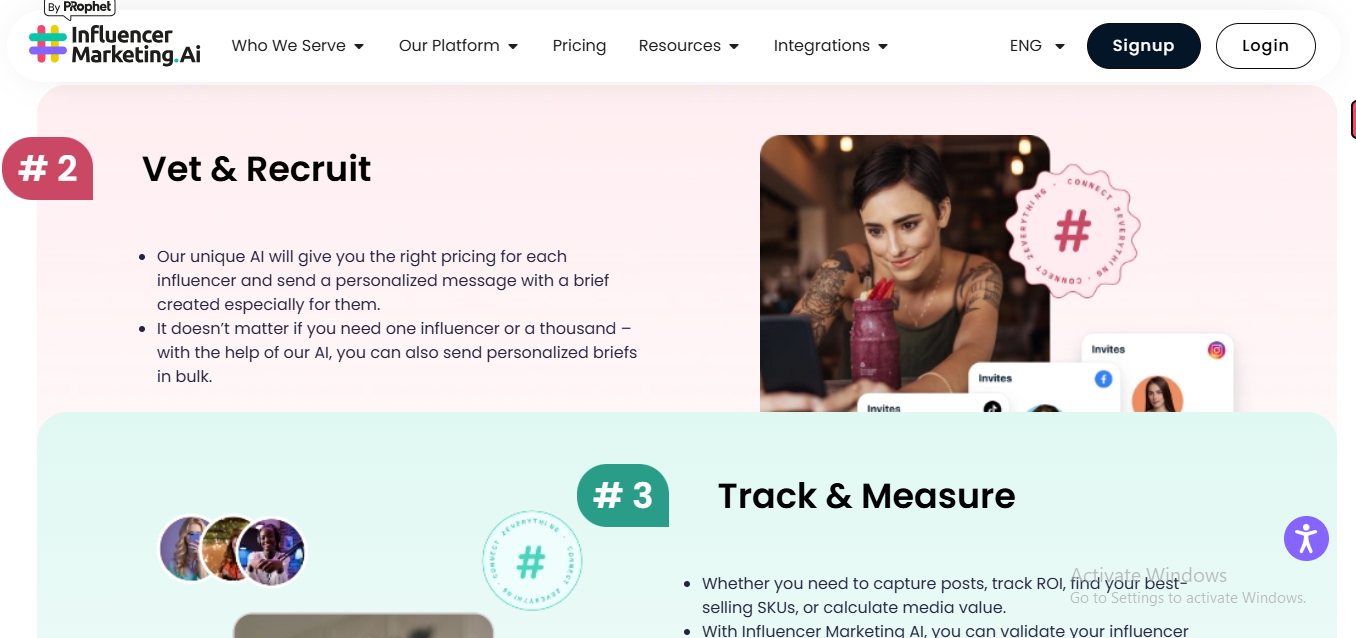
First Impressions:
Alright, so this one gave me ChatGPT-meets-campaign-manager vibes. It’s heavily AI-driven (as the name not-so-subtly suggests), and honestly? The AI features are pretty smart. It’s all about finding influencers, automating outreach, and analyzing campaign ROI without making you pull out your hair.
What I Loved:
-
The AI picks up on your brand vibe and finds influencer matches like a dating app (Tinder for brands? lol).
-
Built-in outreach emails that don’t sound like they were written by a robot from 2010.
-
Performance tracking actually makes sense. No rocket science required.
What Made Me Go “Eh”:
-
Some features are locked behind premium tiers that feel pricey for smaller brands.
-
Limited integrations (for now). Would love smoother workflows with Shopify or Meta Ads Manager.
How It Works:
You feed it your goals, and the AI pulls influencer matches, drafts outreach, tracks conversions, and helps manage the whole thing.
Pricing:
Starts with a free trial, then tiers up. Expect to pay $$$ for enterprise features, but mid-range plans are decent for SMBs.
Final Vibe:
If you’re a numbers nerd or love having an AI buddy handle the dirty work, InfluencerMarketing.ai could be your next fave thing.
26. Traackr
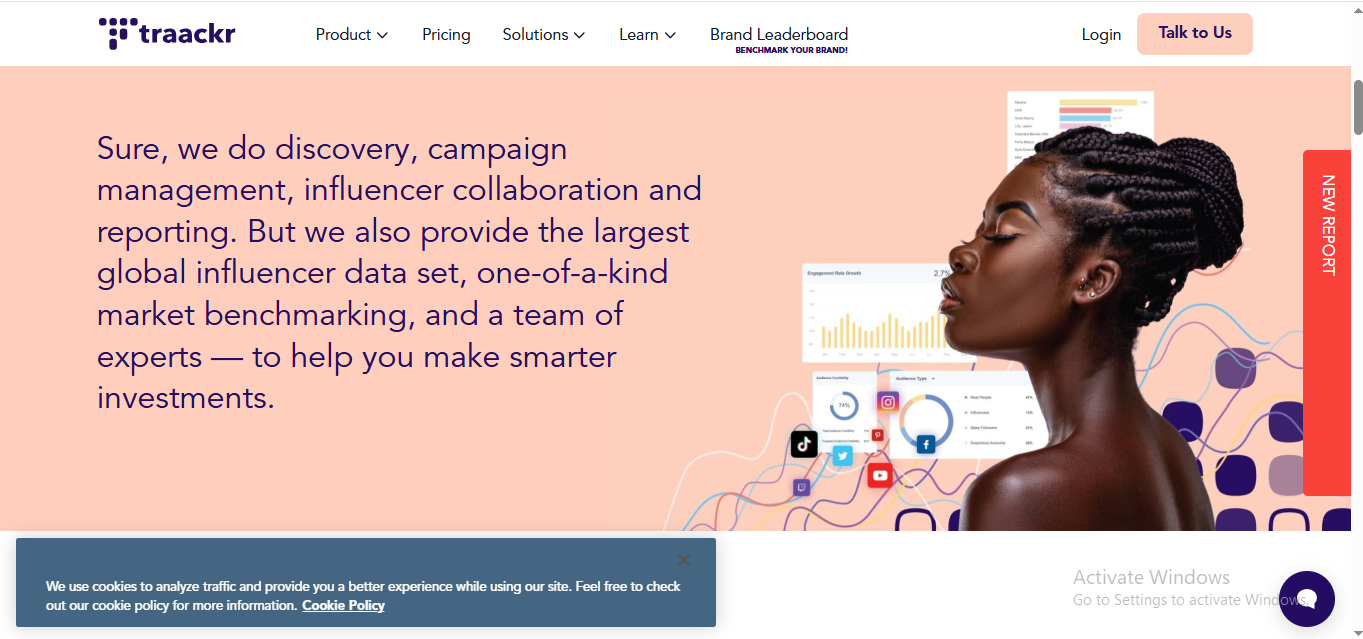
First Impressions:
Okay, this one’s for the pros. Like, Mad Men meets Silicon Valley. It’s used by the big players (think L’Oréal-level brands), and the platform screams data sophistication.
What I Loved:
-
SUPER deep analytics. You can track influencer performance across multiple channels and campaigns over time. Like, stalker-level detail.
-
Global reach. You want a French beauty influencer or a Brazilian techie? They got you.
-
Focused on actual influence, not just follower count.
What Made Me Go “Hmm”:
-
Definitely not beginner-friendly. It’s got a learning curve like trying to play Elden Ring with oven mitts.
-
Premium price tag. This is def enterprise territory.
How It Works:
You plug in your campaign deets, Traackr helps discover influencers with real impact (not just vibes), and you manage everything with heavy analytics and campaign scoring.
Pricing:
Custom pricing. If you have to ask, you might not be the target demo 😅.
Final Vibe:
If you’ve got a team, a budget, and a need for global impact, Traackr is powerful—but not for the faint of heart or light of wallet.
27. Upfluence
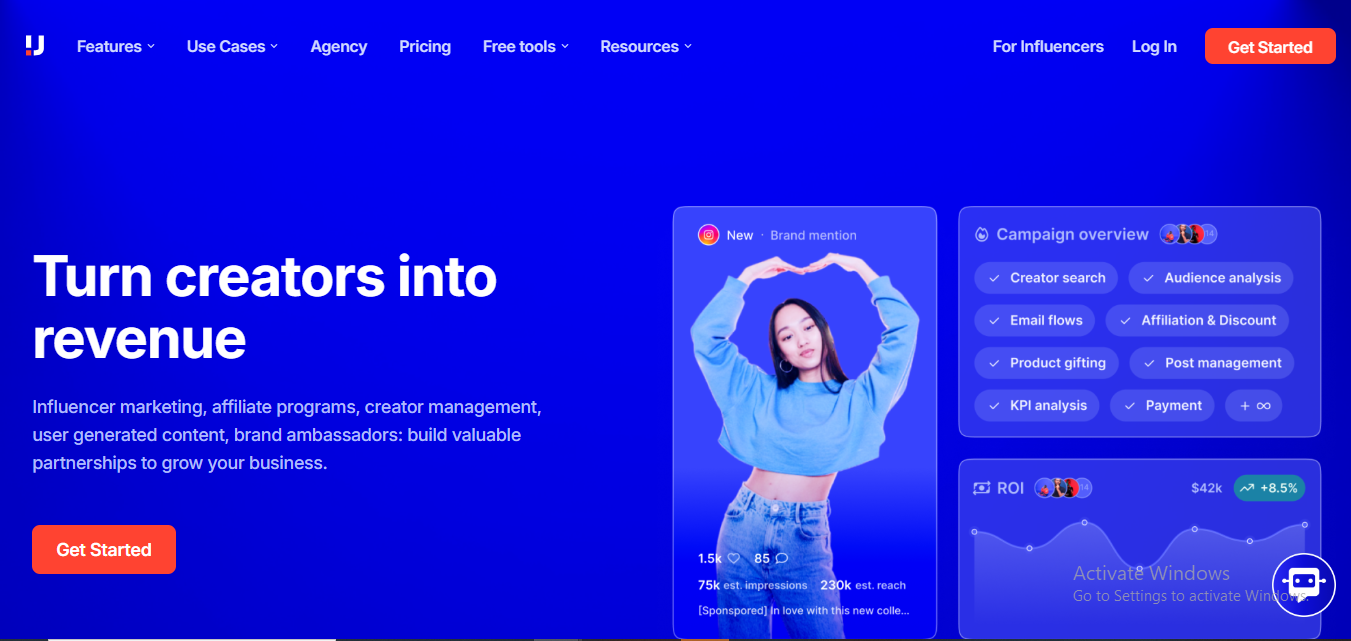
First Impressions:
Upfluence feels like the cool, organized friend who sends out calendar invites and actually follows through on brunch plans. It’s clean, intuitive, and surprisingly flexible.
What I Loved:
-
Searchable influencer database with filtering that doesn’t make me rage-click.
-
Shopify and WooCommerce integrations are a game-changer. Influencer + ecom = chef’s kiss.
-
Solid analytics dashboard that gives enough info without frying my circuits.
What Made Me Go “Meh”:
-
Analytics could dig deeper—sometimes it felt like I had to do my own homework.
-
Not all plans include outreach automation, which seems like a weird gate.
How It Works:
You sign up, connect your store if you have one, browse influencers, and invite them to collab. Also helps manage payments and reviews.
Pricing:
Starts around $795/month for full features (def not cheap, but not wild either if you’re serious about scale).
Final Vibe:
If you’re into clean UX and run a product-based biz, Upfluence is definitely worth flirting with.
28. Meltwater (Influencer Edition)
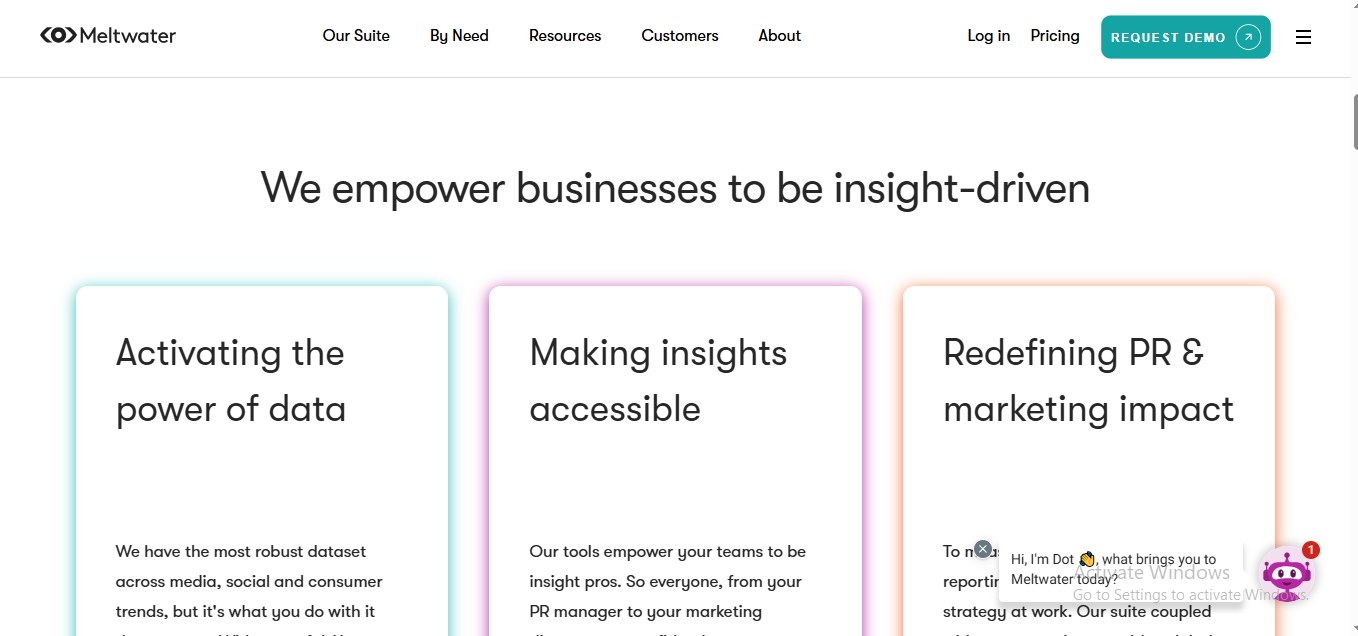
First Impressions:
Meltwater has been in the PR game forever, and their influencer marketing suite is like a bonus level for their existing users. It’s super pro, and honestly felt like LinkedIn and Google Analytics had a baby.
What I Loved:
-
Combines influencer search with media monitoring—hellooo brand health!
-
Influencer campaigns + earned media = one dashboard. Major win.
-
Global influencer map with reach and sentiment scoring (kinda like Pokémon Go but for PR peeps).
What Made Me Side-Eye:
-
Overwhelming if you don’t already use their media suite.
-
Built for enterprises, so if you’re running a side hustle, keep scrolling.
How It Works:
Once you’re in the ecosystem, you can manage influencers, run campaigns, track mentions, and monitor your brand health all in one.
Pricing:
Custom pricing only. Most folks I know using it are corporate with PR teams.
Final Vibe:
This one’s like a 5-star hotel—luxurious, functional, but you better bring your company card.
29. The Social Cat
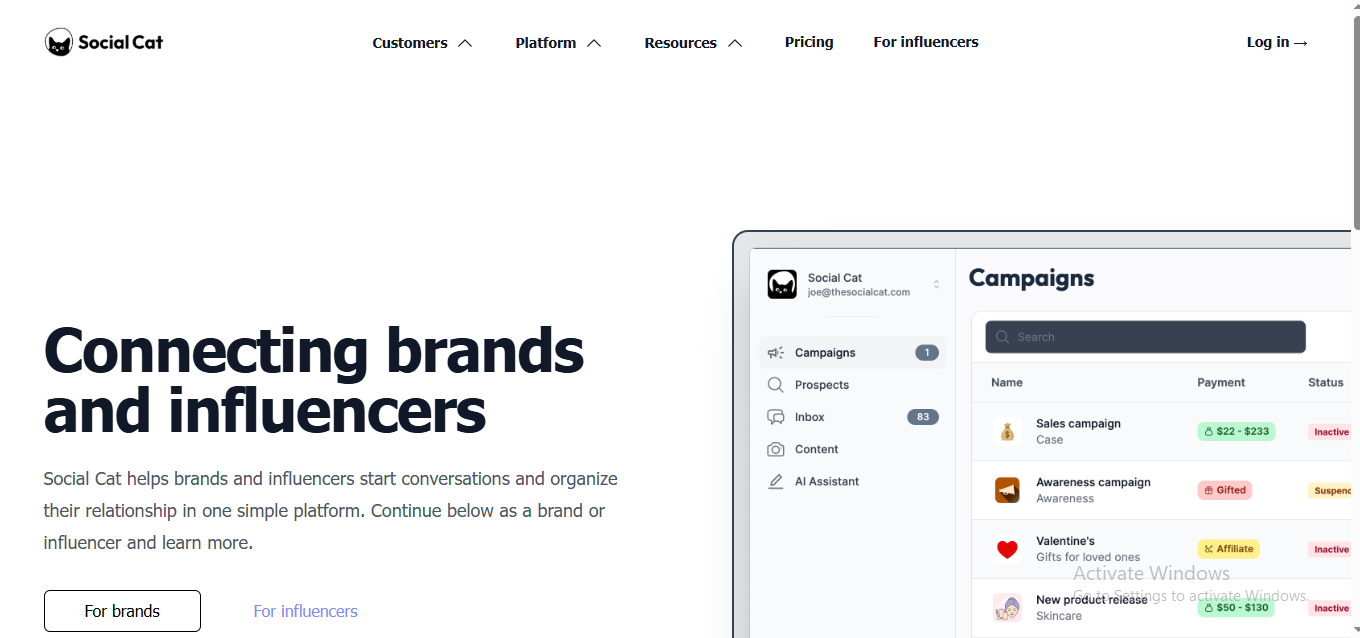
First Impressions:
Okay, this was a total surprise fave. It’s quirky, no-BS, and basically a dating app for small brands and nano influencers. Totally Gen Z-core in all the best ways.
What I Loved:
-
Built specifically for small biz—like, they get you.
-
Influencer-brand matching is super smooth and chill.
-
Pay-per-collab pricing model, which is PERF for tight budgets.
What Made Me Cringe:
-
Small creator base compared to the big guys.
-
Less data tracking and analytics—so you kinda fly by vibes.
How It Works:
You set up a profile, they match you with micro/nano influencers, and you pay per campaign or gift your products for content.
Pricing:
Free to join; you only pay when you collab. Starts as low as $20/campaign.
Final Vibe:
If you’re a startup or indie brand wanting organic UGC without selling a kidney, The Social Cat is a total gem.
- Best Lusha Alternatives for 2025 - April 22, 2025
- Best Overloop Alternatives for 2025 - April 22, 2025
- Best 6sense Alternatives for 2025 - April 22, 2025

